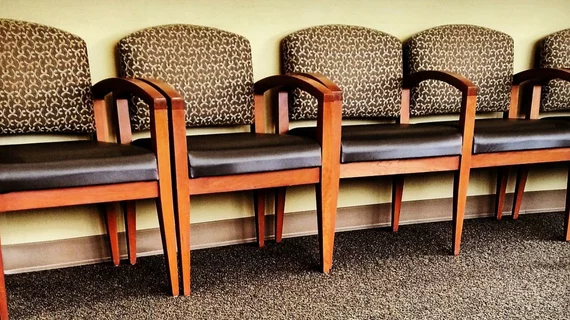Quashing patients’ misconceptions about radiology while they’re parked in the waiting room
Some patients have little understanding about the role of the radiologist or how it differs from the technologist. One group of providers, however, is finding success educating consumers about the specialty while they’re parked in the waiting room.
Belgian imaging providers have developed a novel animated video, explaining radiologists’ work and what to expect during their visit. Testing the intervention on almost 300 patients, researchers made marked progress in boosting patients’ familiarity with the profession.
Half of those who did not view the video believed radiologists “perform the scanning” compared to 19% in the intervention group, experts detailed in the Journal of the Belgian Society of Radiology. The content also helped to moderate expectations, reduce anxiety and improve the overall patient experience.
“As radiologists we must feel obliged to search for an alternative, modern way of communicating to maintain a connection with our patients without increasing workload and without risking changing the patient-doctor relationship,” Michel Lavaerts, with the Department of Radiology at UZ Leuven, Belgium’s largest university hospital, and colleagues wrote July 29. “Short, fun-to-watch, animated videos are ubiquitous and represent a superb tool to capture the attention of all ages.”
Those involved created a simple, three-minute clip walking patients through the imaging process and explaining the role of the tech and radiologist. Researchers surveyed a total of 278 patients who visited one of two hospitals in Belgium for an MRI, CT or X-ray exam. A total of 107 patients viewed the educational video in a waiting room while the other 171 did not. The multiple-choice questionnaire afterward included questions such as: What is the role of the radiologist in your care? Do you expect to meet the radiologist? And who performs the exam?
Half of those who did not view the video believed “performing scans” is radiologists’ core task, while 43% selected “taking X-rays.” That’s compared to 19% and 14% in the intervention group, respectively. Only half knew that radiologists have a full medical degree versus 72% among those who viewed the video. And 94% of those who received the intervention knew rads’ role is to interpret images compared to 66% among those who didn’t watch the clip. The number of study subjects who knew that technologists, rather than rads, perform the scan doubled (up to 59%) compared to 32% in the non-video group.
“This communication method has proven to be easy to understand, practical, and leads to a better patient waiting experience while decreasing anxiety,” the authors noted, citing a 52% decrease in such pre-exam angst. “Even though the perceived waiting room time is not significantly shortened when using [the] animated video, waiting satisfaction scores are significantly higher,” they added later.

